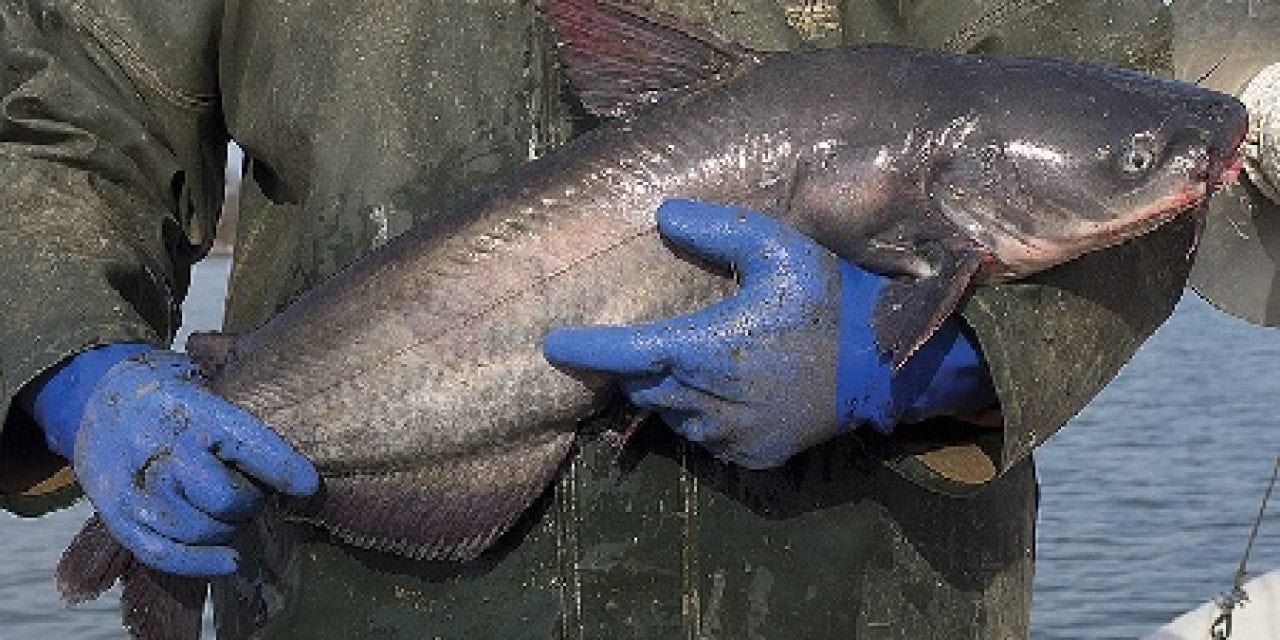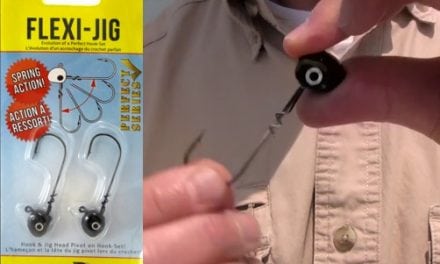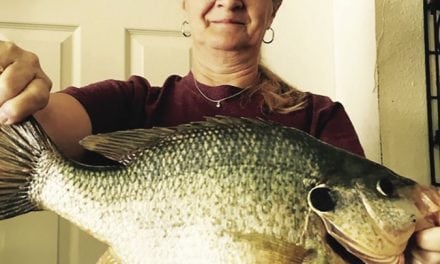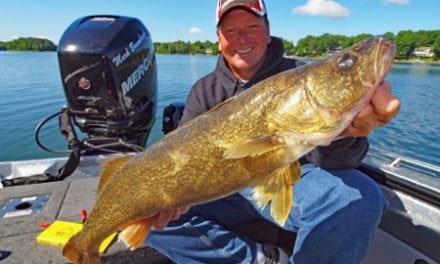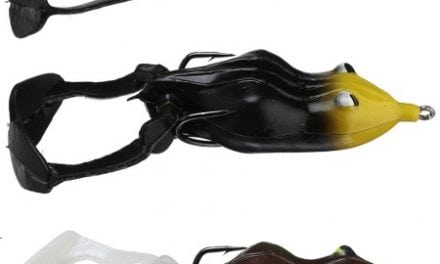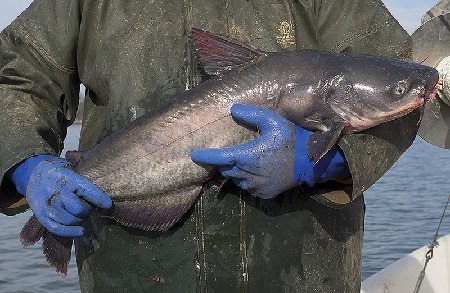
Richard Turner Jr. maneuvered his Carolina Skiff around Gunston Cove in the Potomac River, then hoisted a hoop net out of the water that he’d left there hours ago.
Inside wriggled a 12-pound blue catfish. These mustachioed menaces have been eating their way through the Potomac River and the rest of the Chesapeake Bay for the last decade. They can grow to 5 feet long and weigh up to 100 pounds while gobbling up other commercially valuable fish, such as menhaden and blue crabs.
Turner and a growing number of fishermen are turning the tables on these invasive predators. Spurred on by a burgeoning market and the lack of any harvest limits, the blue catfish commercial fishery has taken off.
But a new federal regulation could disrupt what many see as one of the most successful “eat the invasives” campaigns in the country. Under legislation passed by Congress years ago to protect Mississippi’s farmed catfish industry from foreign imports, sales of any type of catfish, including these wild-caught in the Chesapeake region, will be subject to inspection by the U.S. Department of Agriculture. The requirement takes full effect in September.
What that means for the fishermen who catch blue cats, the processors who turn them into fillets and the chefs who cook them is unclear. But Turner is sure none of it can be good.
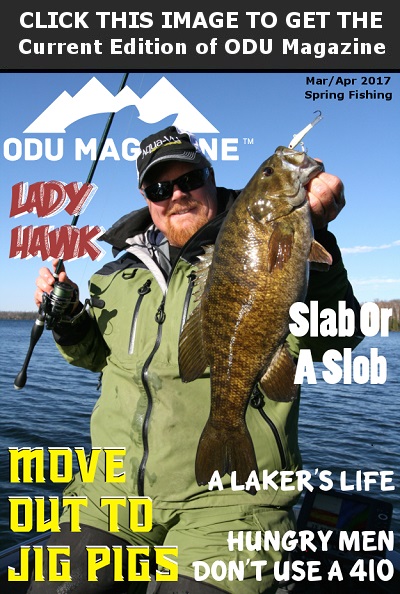 “There’s a possibility that this could just shut the fishery down,” Turner said as he filled his cooler with more of the whiskered fish with smooth, slate-blue skin. “I’m not only concerned about my livelihood. I’m concerned about the ecosystem. I’ve seen what they can do.”
“There’s a possibility that this could just shut the fishery down,” Turner said as he filled his cooler with more of the whiskered fish with smooth, slate-blue skin. “I’m not only concerned about my livelihood. I’m concerned about the ecosystem. I’ve seen what they can do.”
Introduced to the region in the 1970s as a new species for recreational fishermen, these natives of the Mississippi River basin have since munched their way throughout the Chesapeake. Scientists who examined blue cats’ stomachs found them filled with crabs and menhaden, among other species. In parts of the James and Rappahannock, the nonnative species accounts for an estimated three-quarters of all fish biomass, according to the National Oceanic and Atmospheric Administration.
Mississippi Sen. Thad Cochran, a Republican, slipped the USDA catfish inspection requirement into the U.S. Farm Bill in 2008, as his state’s catfish farmers complained that they could not compete with foreign imports from Vietnam and China, which they said weren’t required to meet the same growing standards. The U.S. Food and Drug Administration inspected all of the fish sold commercially, but catfish farmers contended that the agency only checks 2 percent of all catfish. They successfully argued for catfish to be examined by the USDA’s Food Safety Inspection Service, which inspects 100 percent of all the meat and farm products it regulates.
But critics of the catfish inspection provision, including many Republican lawmakers, derided it as a trade barrier inserted because Vietnamese catfish farmers were eating Mississippi’s lunch. Where Mississippi dominated the market in the 1970s, Vietnam has been gaining ground since the U.S.-Vietnam Bilateral Trade Agreement was signed in 2001. According to Food Safety News, close to 80 percent of the U.S. catfish market is Vietnamese imports.
As the 2017 deadline for the new inspections approached, criticism mounted. In 2013, a Government Accountability Office report declared that switching catfish from the FDA to the USDA was the number one area of duplication and waste in the federal government and would cost taxpayers an extra $14 million annually. That year, the House of Representatives voted to block the move. In 2016, the Senate did as well. But differences in the legislation required House approval, and it never came up for a vote. So the inspection requirement remained.
Chris Gallegos, communications director for Sen. Cochran, defended the provision, saying it makes consumers safer. USDA inspections have already rejected 226,000 pounds of catfish that when tested, contained anti-fungal drugs and other contaminants, he said. Among the contaminants found were malachite green, gentian (or Crystal) violet, and enrofloxacin, all of which are banned or strictly regulated for use in the United States in food and food-related applications.
“Strong arguments have been made for the USDA inspection program in terms of its safety benefits to the public health,” he said. Gallegos also contended that the USDA has managed to reduce the costs of the new inspections, according to their projections, though the agency would not know if there would be any actual savings until it fully implemented the program.
The FDA gives no indication that catfish are any more dangerous than any other fish, according to its Fish and Fishery Products Hazard and Control Guidance, which was last updated in 2011. An FDA spokeswoman referred catfish questions to the USDA.
A USDA spokeswoman said the agency did not ask for the catfish program, but was working to implement it. The agency, she said, would pay for catfish inspectors to be in private processing houses 40 hours a week, and those facilities would also have to be inspected by the agency once per quarter. With enough notice, she said, the USDA will pay for inspectors’ overtime if the processor meets the “necessary requirements.”
But processors are already concerned, even though the law has yet to be fully implemented, and they’re not yet sure of all that it will require.
Tim Shugrue, vice president of Congressional Seafood, said his company processes fish 16 hours every day, twice the workday length of USDA inspectors. To get an inspector on Saturdays, he said, will cost him $70 an hour, and fresh fish can’t wait to be cut until Monday.
“Many businesses will opt out of selling this invasive species rather than deal with the bureaucratic red tape,” Shugrue said, adding, “the premise of this regulation is a joke — this is being done under the guise of food safety — that somehow wild blue cat represent some grave danger to the public over and above all other seafood.”
Shugrue and others say the uncertainty over what will happen with the inspection process could hurt what has become a hugely successful fishery, both economically and environmentally.
Statewide in Virginia, watermen harvested 1.2 million pounds of blue catfish in 2012, nearly double the 685,298 pounds landed in 2011.
In the Potomac, blue catfish landings hit 608,874 pounds in 2014, surpassing striped bass for the first time and more than tripling the harvest from 2008. Last year, the catch rose to 1.5 million pounds, according to the Potomac River Fisheries Commission. There’s no indication that the haul is putting a dent in the population; on Turner’s boat, the sonar that scans the Gunston Cove bottom showed that it’s covered with oblong white shapes; every one, Turner said, is a blue cat.
Maryland watermen landed 125,000 pounds of catfish in 2011, much of that from its portion of the Potomac. By 2013, that number had nearly doubled as well, to 237,757. Hoping to stimulate even greater commercial harvests, the state of Maryland began marketing blue catfish aggressively to chefs.
Chad Wells was an early adopter. While a chef at the Alewife restaurant in downtown Baltimore, he put blue catfish tacos on the menu. A fisherman himself, Wells extolled the virtues of eating the invasives. It has caught on, and demand is outstripping the supply; the price per pound has increased from 10–30 cents in 2011 to 50–80 cents today.
Now the chef of Victoria Restaurant Group in Columbia, Wells has introduced blue catfish to the menu at his new restaurant. And Clyde’s, a fine-dining chain with 13 restaurants in Maryland, Virginia and the District of Columbia has it on theirs.
Both Wells and Bart Farrell, Clyde’s food and beverage manager, wrote to Congress about their concerns with the USDA inspection requirement. Farrell even testified before the House.
“There’s no scientific proof that says that the fish supply is going to be any safer, that the USDA is going to swoop in and save the day,” Farrell said. “It’s purely a political move, one that will cost the taxpayers money, and will greatly affect the Chesapeake Bay and beyond.”
Wells agreed, calling the transfer of inspector duties “nearsighted, reckless and irresponsible.”
Gavin Gibbons of the National Fisheries Institute lobbied in vain against the catfish inspection rule, and other local groups pushed unsuccessfully to at least exempt wild catfish from it.
Of all the places in the country that grapple with invasive fish, Gibbons said, the Chesapeake has the best chance of getting a handle on its issues. A few restaurants in the Great Lakes region serve invasive Asian carp, one of the area’s greatest aquatic menaces, but it hasn’t spawned a robust fishery like the blue catfish industry here.
“You have an invasive species that’s a real challenge for the Bay, and now you have a program that puts it on people’s plates,” he said. “And then you have a nonsensical trade barrier really potentially ruining that effort.”
No one seems certain what will happen next. Billy Rice, a longtime commercial fisherman, said the industry hasn’t been able to ascertain how far-reaching the law will be. But Rice, who also oysters, crabs and fishes for striped bass, said the blue cat fishery is the most profitable one he’s in, and that any charge to the processors will trickle down and cut into his profits.
“If it falls back on the processors, it automatically falls back on the fishermen,” he said, “Because someone has got to pay the bill.”
Martin Gary, executive secretary of the Potomac River Fisheries Commission, said he continues to try to get clarity from the USDA about what the new law will look like. Part of the problem, Gary said, is that each time he speaks to someone at the USDA, he gets a different answer about what the new program means. Since the Trump administration took office, the agency has many vacancies, particularly in its communications department.
Richard Turner, 26, is one of the younger fishermen working the Chesapeake. Recently engaged, he employs his sister and his fiancée to help on his early-morning runs, one of the few captains with a female crew. Blue catfish are a key to him being able to continue working on the water. By early March, he said, he was catching 2,765 pounds in one day.
As Turner steered his boat back to Marshall Hall, he looked again at the sonar screen showing blue cats all over the bottom. In his spare time, he said, he has been emailing and calling the USDA, hoping to get the same answers Gary is seeking.
“I’m getting a lot of different answers. No clarity,” he said. “And I’m concerned. We have built this into a really good fishery, a positive thing.”
The post New catfish reg threatens watermen’s livelihood on Chesapeake Bay appeared first on ODU Magazine-North America's #1 Digital Fishing Magazine.

